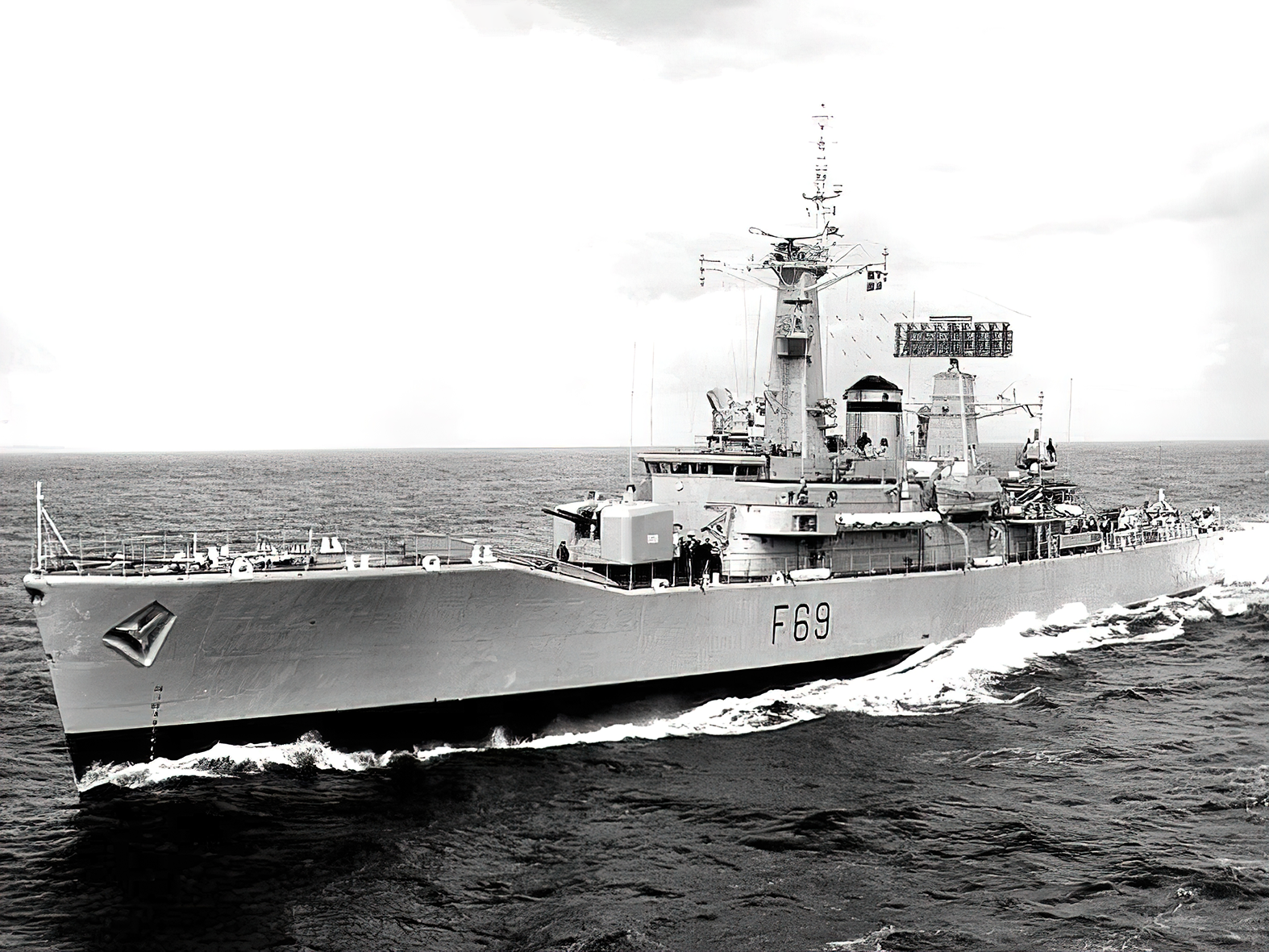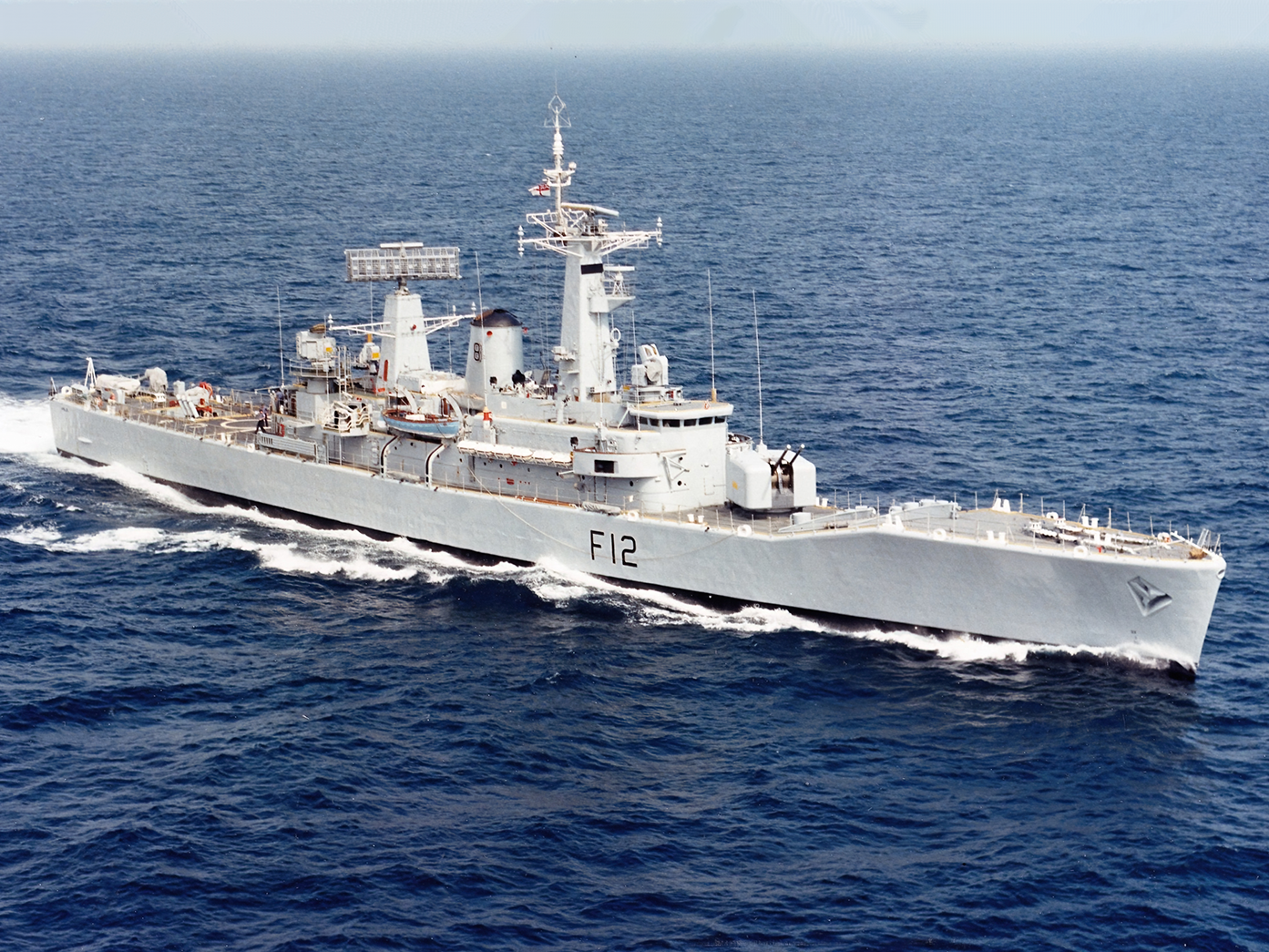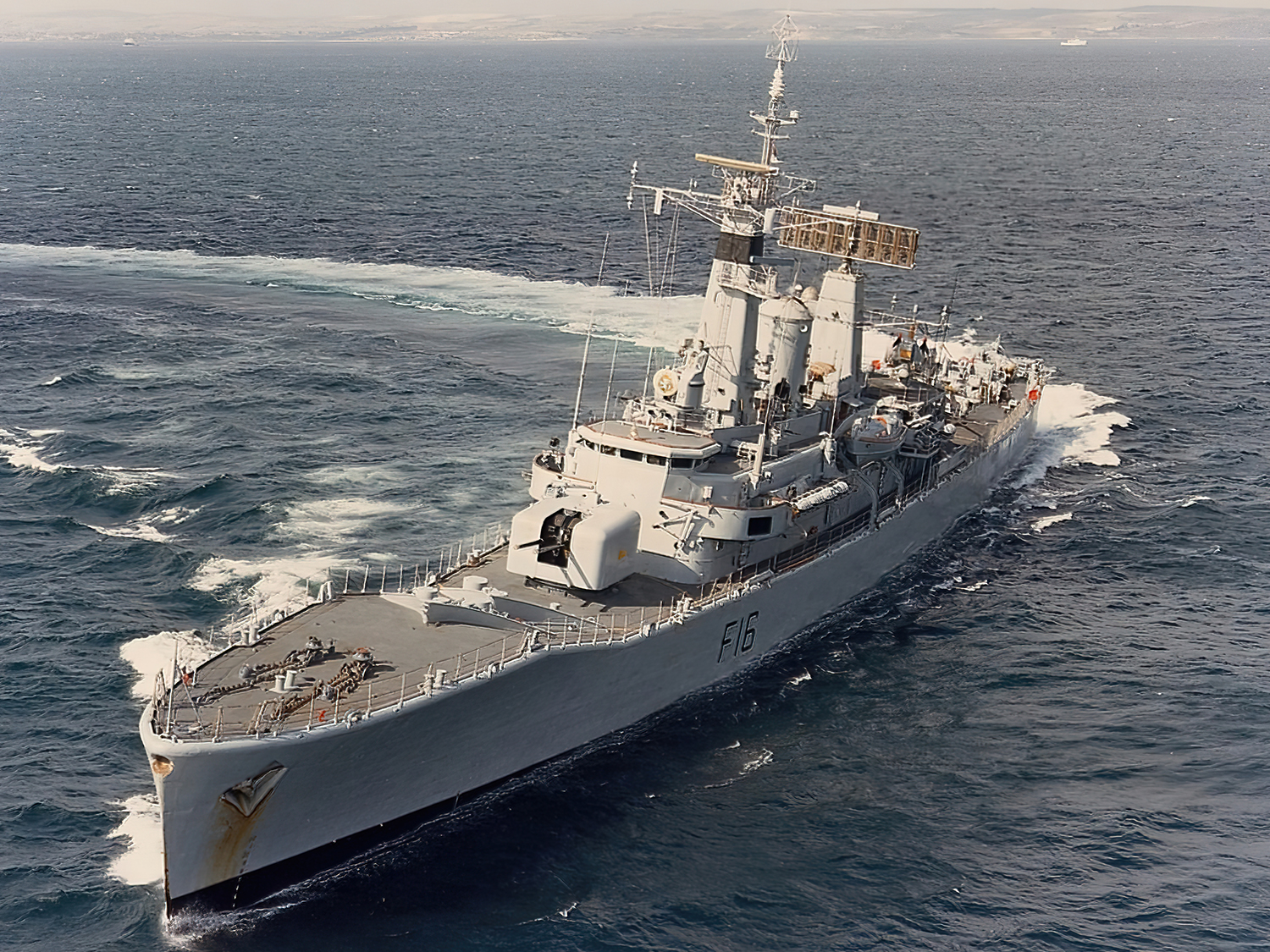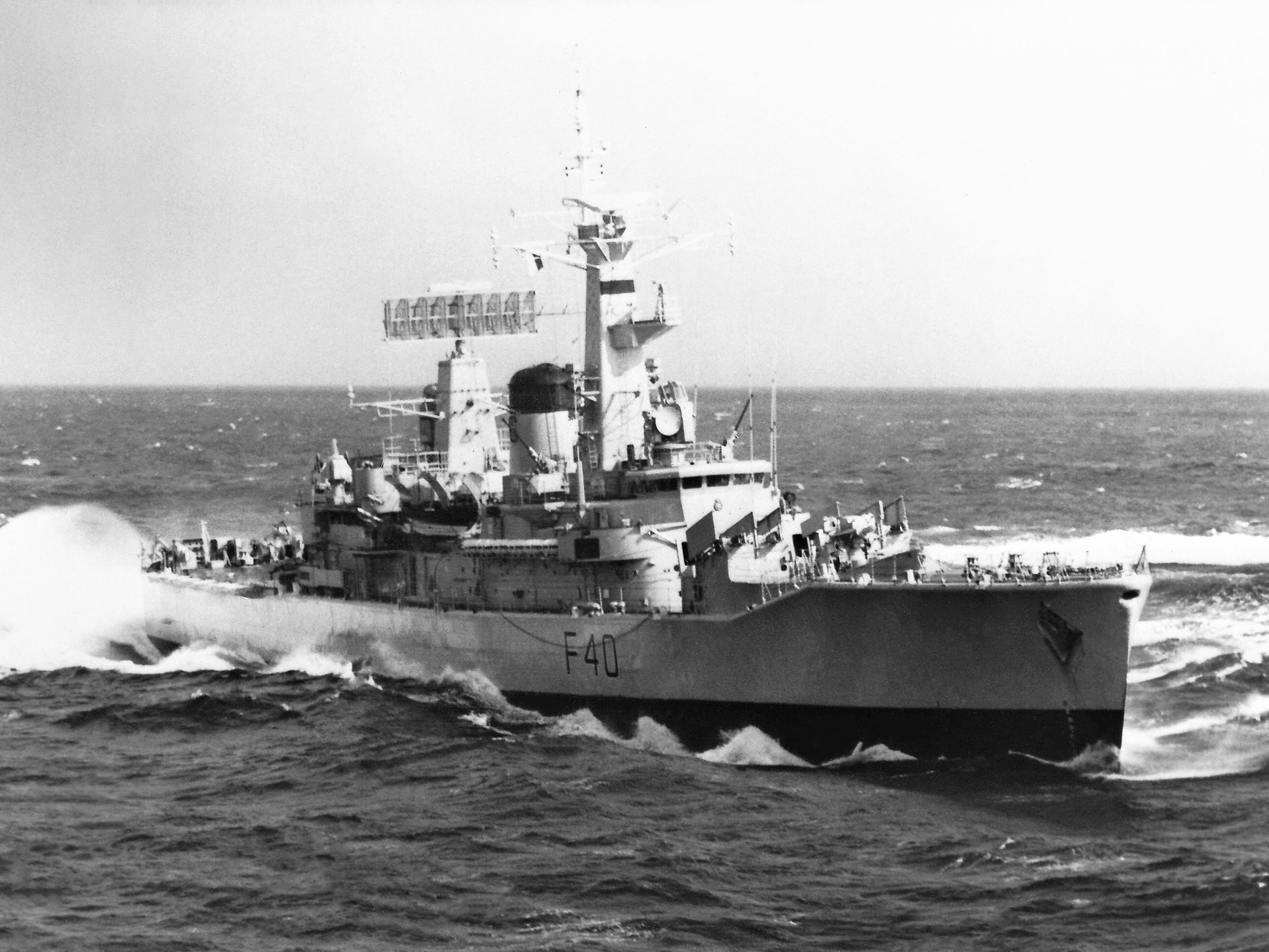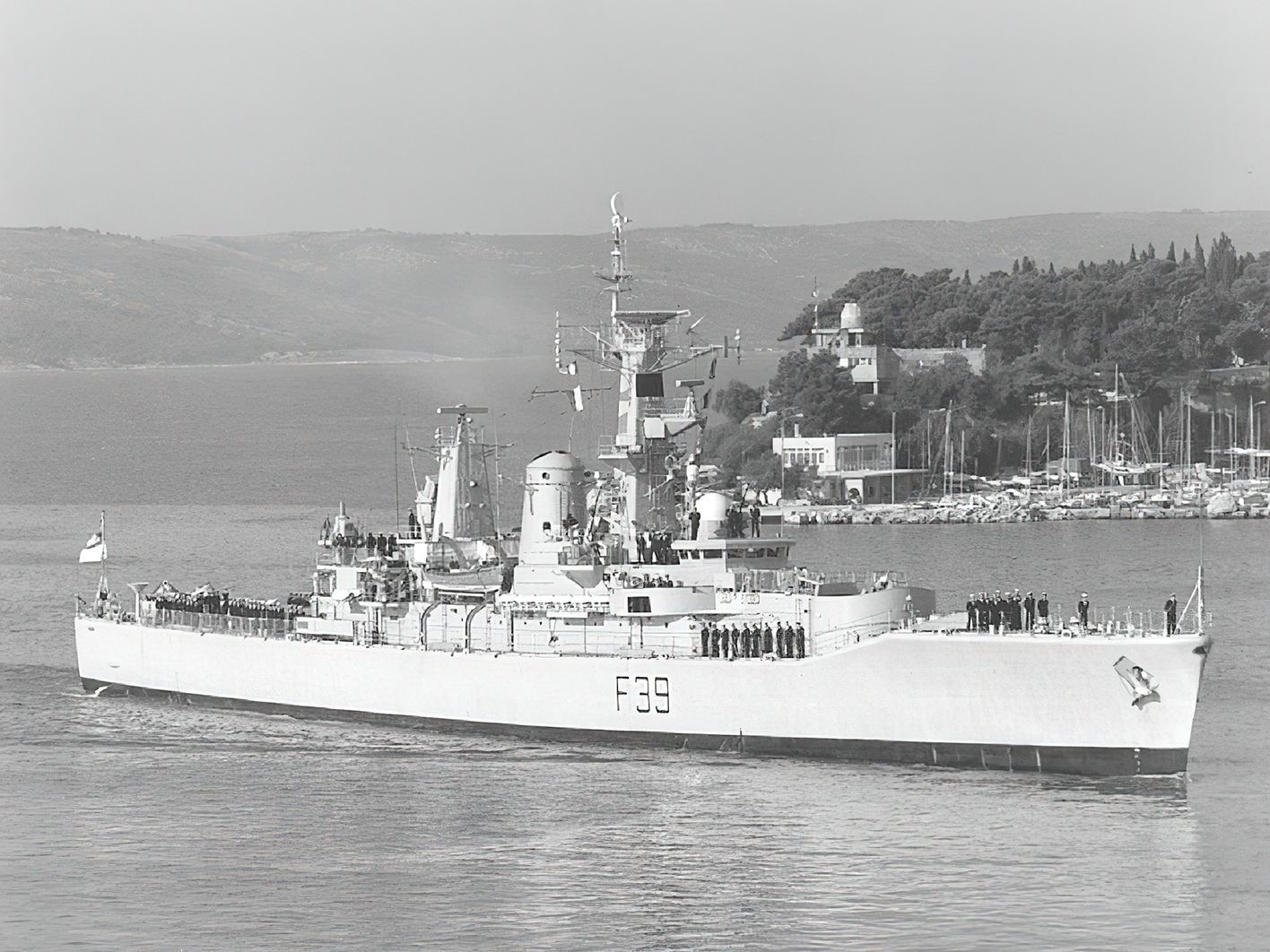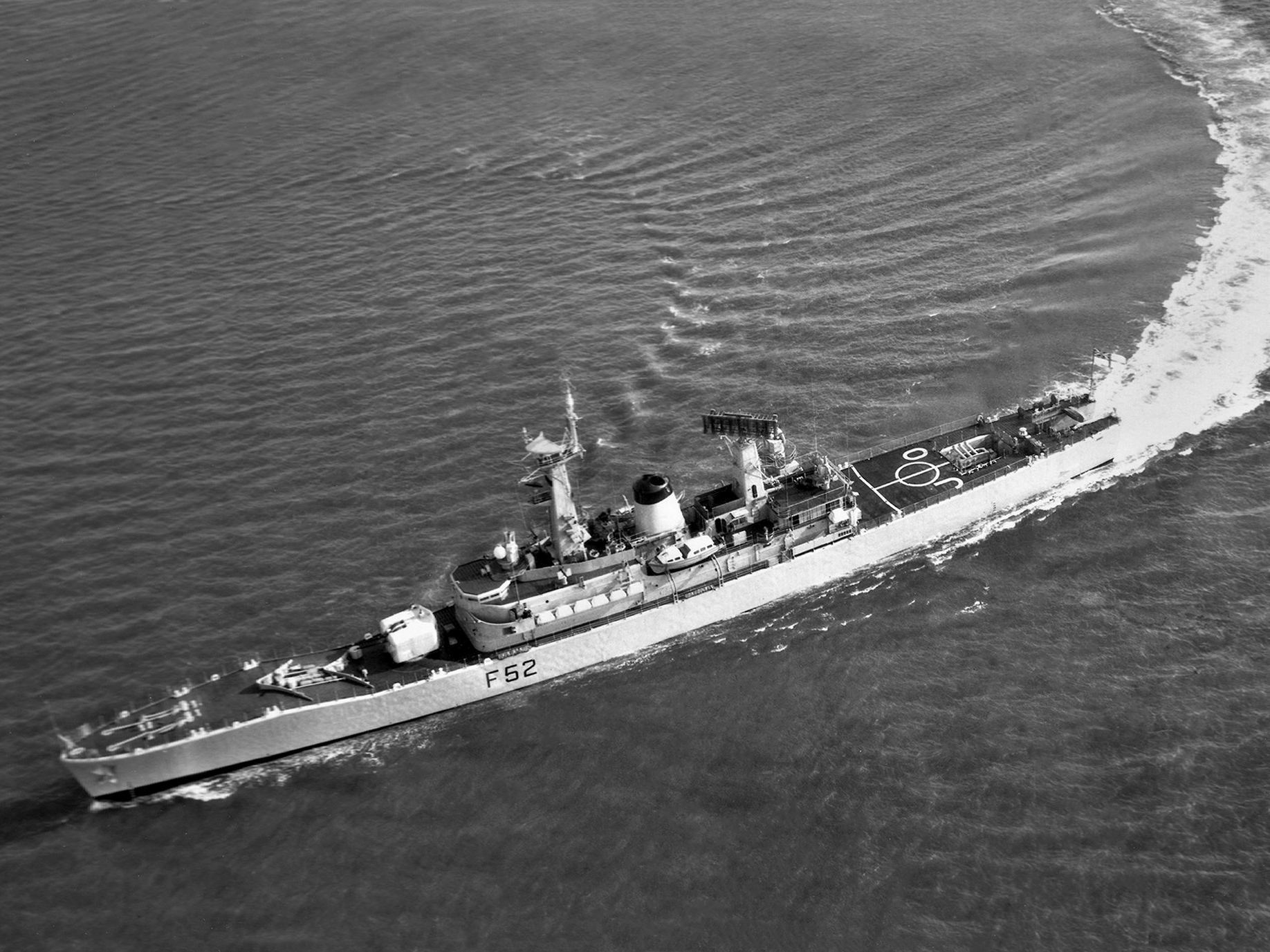Royal Navy Leander Class Frigates: A Comprehensive Guide
Introduction
The Leander class frigates were the most numerous and versatile frigates built for the Royal Navy during the Cold War. Designed as general-purpose escorts, they served in every major theatre of operations between the 1960s and the 1990s. With twenty-six ships constructed, the class became a symbol of Britain’s commitment to maintaining a global naval presence, and many were later sold to allied navies, extending their careers well into the twenty-first century.
Origins and Design Development
In the late 1950s, the Royal Navy sought a new class of frigates that would combine the best features of earlier designs such as the Rothesay and Whitby classes. The aim was to create a general-purpose escort capable of anti-submarine, anti-air and anti-surface roles.
The Leander class entered service in the early 1960s. They displaced around 2,500 tonnes standard and up to 3,200 tonnes full load, with a length of 372 feet. Designed with a sleek, modern appearance, they quickly became one of the most recognisable warship classes of the Cold War.
Initially equipped with twin 4.5-inch guns, anti-submarine mortars and Seacat surface-to-air missiles, many were later modernised to carry Exocet or Sea Wolf missiles and advanced sonar. This adaptability ensured their long careers.
Ships of the Class
A total of 26 Leander class frigates were built between 1959 and 1973, divided into sub-groups based on different design features and modernisation programmes.
Cold War and Combat Service
The Leanders served throughout the Cold War in the North Atlantic, Mediterranean, Indian Ocean and Far East. They escorted carriers, deterred Soviet submarines, and carried out long patrols to maintain Britain’s global presence.
During the Falklands War in 1982, several Leanders were deployed to the South Atlantic, including HMS Minerva, HMS Penelope and HMS Andromeda. While none were lost, they provided essential air defence, surface escort and anti-submarine patrols.
Other Leanders were involved in operations in the Gulf, Caribbean and Pacific. Their versatility made them highly valuable as both combat ships and flag-showing vessels.
Technical Features
The Leander class combined simplicity with adaptability, allowing for multiple upgrades throughout their careers.
Displacement: 2,500–3,200 tonnes.
Length: 372 feet.
Propulsion: Steam turbines, maximum speed of 28 knots.
Initial Armament: Twin 4.5-inch guns, Seacat SAM system, Limbo anti-submarine mortar.
Upgrades: Many ships later received Exocet anti-ship missiles, Sea Wolf SAMs, and towed-array sonar.
Aviation Facilities: A flight deck and hangar for a Wasp or Lynx helicopter, greatly enhancing anti-submarine warfare capability.
Crew: Around 250 officers and ratings.
Legacy and Replacement
The Leander class became the backbone of the Royal Navy during the 1960s and 1970s, and their adaptability ensured many served into the 1990s. Several ships were sold abroad, serving in the navies of Chile, India, New Zealand, Pakistan and Ecuador, some well into the twenty-first century.
They were gradually replaced in Royal Navy service by the more advanced Type 22 and Type 23 frigates, but their longevity and global impact mark them as one of the most successful warship classes Britain ever built.
Summary – At a Glance
|
Ship |
Commissioned |
Notable Service Highlights |
Fate |
|
HMS Leander (F109) |
1963 | Cold War patrols, NATO deployments |
Sold to Chile 1989 |
|
HMS Ajax (F114) |
1963 | Mediterranean and global deployments |
Sold to Pakistan 1988 |
|
HMS Achilles (F12) |
1963 | NATO service, South Atlantic patrols |
Sold to Chile 1990 |
|
HMS Aurora (F10) |
1964 | Cold War deployments, later Exocet upgrade |
Sold to Pakistan 1994 |
|
HMS Euryalus (F15) |
1964 | NATO patrols, Exocet conversion |
Sold to Chile 1989 |
|
HMS Galatea (F18) |
1964 | Cold War service, fleet escort |
Decommissioned 1988 |
|
HMS Arethusa (F38) |
1965 | NATO service, Cold War deployments |
Decommissioned 1989 |
|
HMS Naiad (F39) |
1965 |
NATO deployments, Middle East patrols |
Decommissioned 1987 |
|
HMS Penelope (F127) |
1963 |
Falklands War service |
Sold to Ecuador 1991 |
|
HMS Sirius (F40) |
1966 |
NATO service, Cold War patrols |
Decommissioned 1992 |
|
HMS Cleopatra (F28) |
1966 |
Cold War patrols, NATO deployments |
Decommissioned 1992 |
|
HMS Phoebe (F42) |
1966 |
Caribbean patrols, Cold War operations |
Decommissioned 1991 |
|
HMS Argonaut (F56) |
1967 |
Falklands War service |
Sold to Pakistan 1993 |
|
HMS Danae (F47) |
1967 |
Gulf operations, NATO deployments |
Sold to Ecuador 1991 |
|
HMS Andromeda (F57) |
1968 |
Falklands War service, Sea Wolf conversion |
Sold to India 1995 |
|
HMS Diomede (F16) |
1969 |
Cold War deployments, training ship |
Sold to Pakistan 1988 |
|
HMS Jupiter (F60) |
1969 |
South East Asia patrols, NATO operations |
Sold to Ecuador 1991 |
|
HMS Charybdis (F75) |
1969 |
NATO deployments, Cold War service |
Decommissioned 1991 |
|
HMS Minerva (F45) |
1966 |
Falklands War service |
Decommissioned 1992 |
|
HMS Dido (F104) |
1962 |
Middle East and Mediterranean operations |
Sold to India 1988 |
|
HMS Scylla (F71) |
1970 |
Cold War patrols, fisheries protection |
Decommissioned 1993 |
|
HMS Apollo (F70) |
1970 | Cold War patrols, NATO deployments | Sold to Pakistan 1988 |
|
HMS Ariadne (F72) |
1973 |
Global deployments, Caribbean patrols |
Sold to Chile 1992
|
|
HMS Bacchante (F69) |
1969 |
Cold War patrols, NATO exercises |
Sold to Ecuador 1988 |
|
HMS Juno (F52) |
1967 |
Training and NATO deployments |
Decommissioned 1992 |
|
HMS Hermione (F58) |
1969 | NATO service, Cold War patrols |
Decommissioned 1992 |
Conclusion
The Leander class frigates were the workhorses of the Royal Navy during the Cold War, balancing size, affordability and adaptability. From the icy waters of the North Atlantic to the South Atlantic in the Falklands War, they demonstrated reliability and versatility. Their extensive service with foreign navies also highlights the strength of their design.
As one of the largest and most successful frigate classes ever built for the Royal Navy, the Leanders left a legacy that shaped escort design for decades to come.


